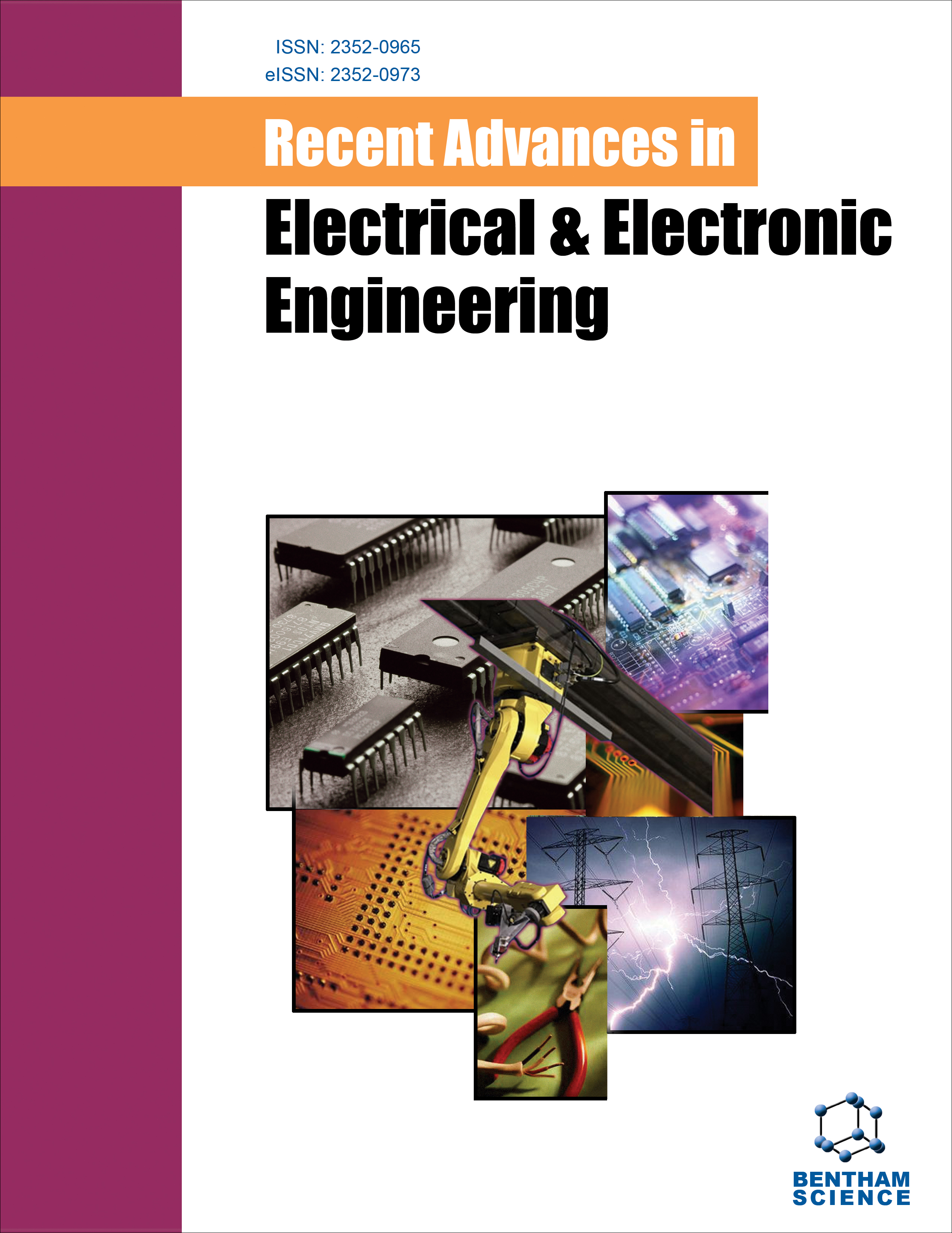
Full text loading...

Human health is significantly compromised by air pollution, especially by local air quality. The majority of our society spends their lives in a confined geographical location, which if subjected to air pollution can expose them to long-term air contamination. It is also possible that poor air quality can pose serious health risks, especially to susceptible individuals thereby impacting their lifestyle. Air quality can be improved with appropriate plantation, but they are underutilized. Various air purification devices have been developed in response to the ever-increasing air pollution level.
However, artificial means of air purification are not very viable in terms of cost, accessibility to society, and reliable tools to purify air. This research integrates traditional solutions with modern technology to counter air purification by selectively using plant species and placing them in desired locations suitable for urban settings. The study aims to measure the constituents of various air pollutants spanning across regions to identify and accumulate pollution data using IoT-based smart devices, remit, and feed this information to cloud-based storage for further processing. In addition, advanced predictive intelligence is utilized to determine the plant species that can suffice the need for air purification through organic means in a given geographical zone resulting in enhancement of Air Quality (AQ), with minimal cost, prolonged shelf life, future proof and non-detrimental consequences.
Implementation outcome gives a promising outcome. Accurate readings of various air pollutants are aggregated. Suitable trees are identified to tackle these pollutants and their absorbing capacity is determined. Various predictive methods are employed and the random forest model recorded the best results. The sensory units of the model successfully captured the pollutant data and any major fluctuations were reported. The prediction pipeline recorded a mean precision, recall, and f-score value of about 0.95, 0.92, and 0.94 respectively while the mean accuracy of 0.965 was also noted. The observed training and validation accuracy with our model were 0.96 and 0.93 respectively.
Hence, the proposed ‘AeroGlan’ model may be locally applied as an air pollutants monitoring device and also to suggest suitable plant species required to counter air contamination in that locality.